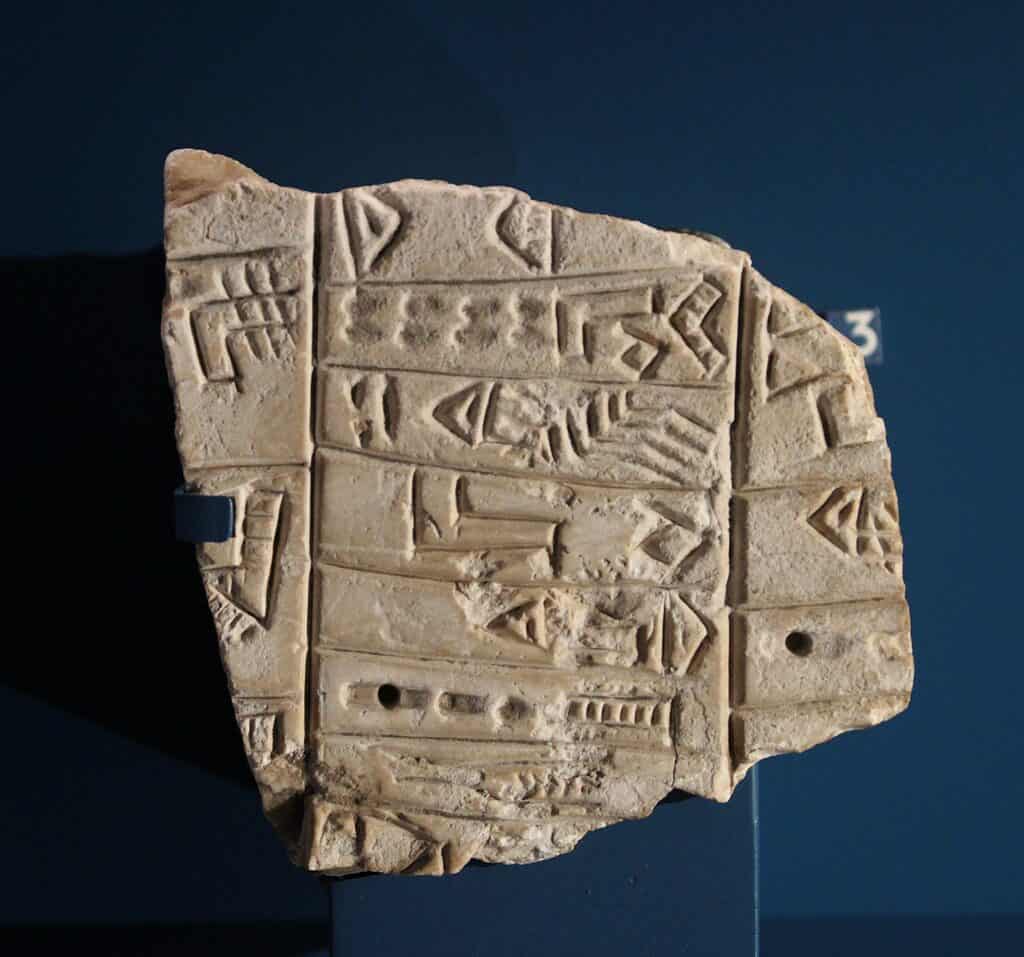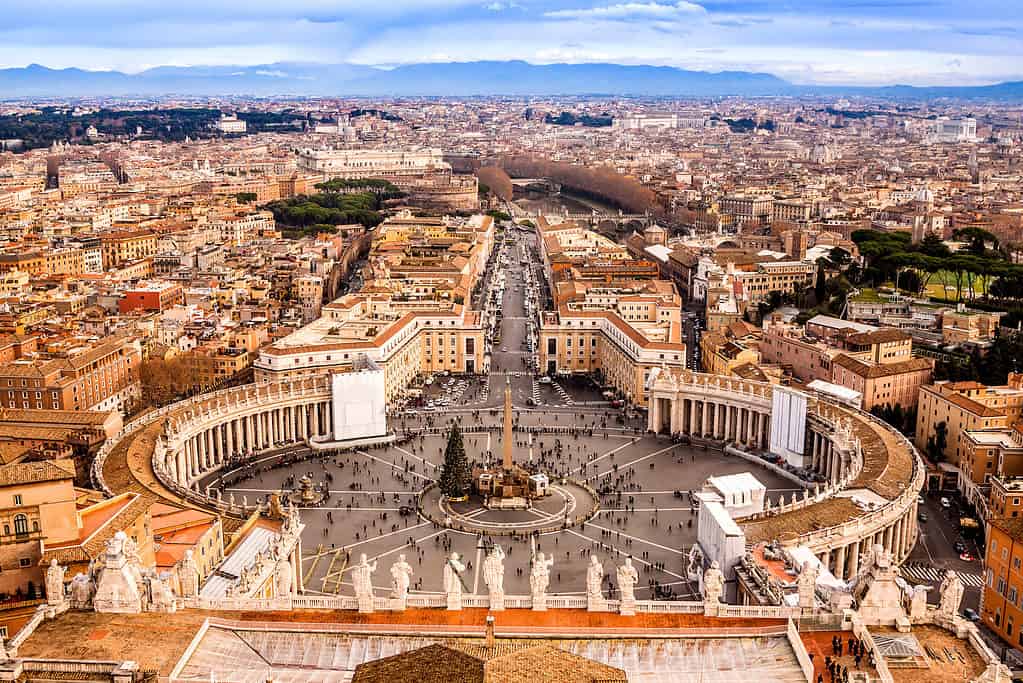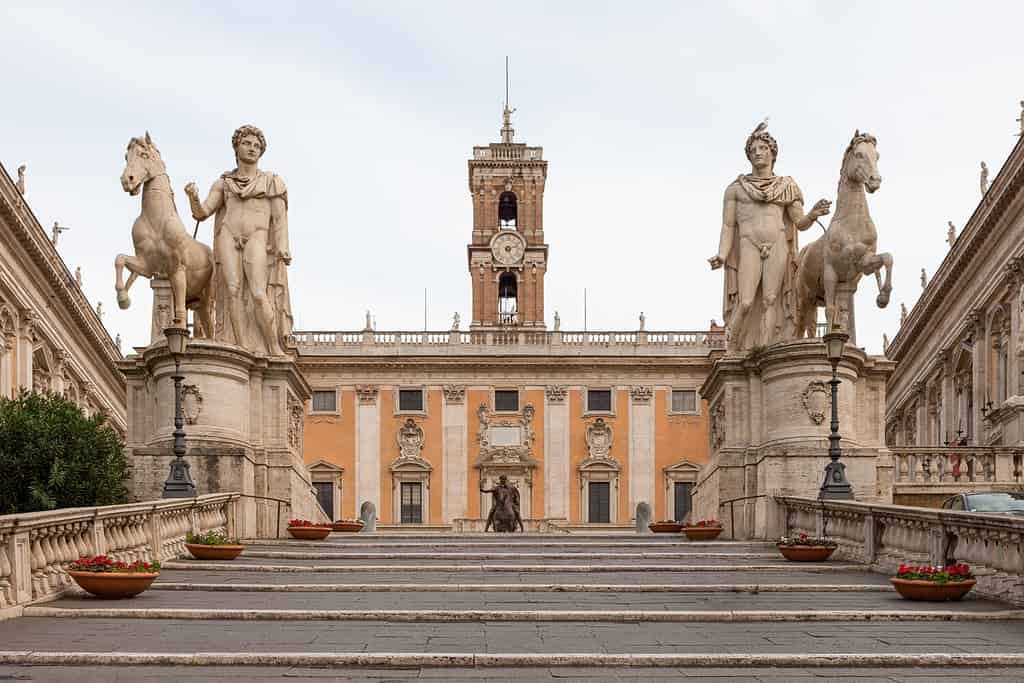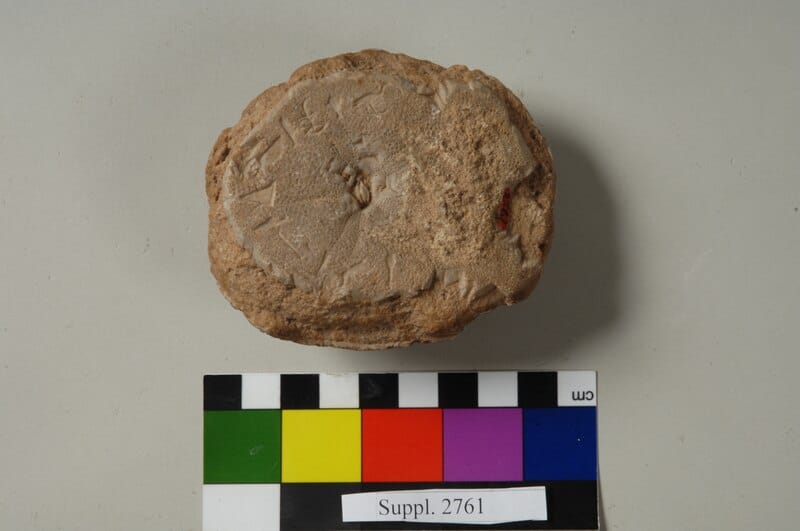Today, most museums make part of their collection available to the public. However, this wasn’t always the case. What are the 12 oldest museums in the world both past and present?
For this article, museums are defined as centralized locations devoted to the procuration and preservation of items significant to the development of human culture. Because they house collections of importance, they are a hub for academic and scientific inquiry.
12. Louvre in Paris: 1793 CE to Present

The Louvre, which contains da Vinci’s Mona Lisa, was opened in 1793 CE.
©Gwengoat/iStock via Getty Images
The Louvre was created during the French Revolution in 1793 so that common members of society could gain access to the collections held by the overthrown monarchs. Today, it is the most visited museum in the world and curates over 400 thousand objects. Some of these objects are the most famous artworks on earth including the Mona Lisa by Leonardo da Vinci.
11. Museum of the History of Riga and Navigation: 1773 CE to Present

The Museum of the History of Riga and Navigation was established for the public in 1773.
©Nenea hartia, CC BY-SA 4.0 , via Wikimedia Commons – Original / License
The Museum of the History of Riga and Navigation is the oldest museum established in the Baltics. Located in Old Riga, Latvia, it was originally called the Himsel Museum. It was established for public viewing by the Riga Town Council in 1773.
A doctor named Nikolaus von Himsel collected the original natural science pieces and art that the museum first contained. This has grown into a collection of over 500 thousand objects.
10. The British Museum: 1759 CE to Present

The British Museum opened to the public in 1759, and it’s home to artifacts like the Rosetta Stone.
©© Getty Images/PHOTOS.com>> via Getty Images
While the British Museum was opened to the public in 1759 after being founded in 1753, only vetted people who went through an application process could enter. This was because there was a fear that visitors would ruin the artifacts on display.
The museum owns over 8 million pieces. That’s because works from all over the world were obtained by the British Empire through the previous few centuries. However, there is a modern demand for the return of objects appropriated during colonialism.
Some of the objects the British Museum controls are the Parthenon and Elgin Marbles from Ancient Greece. The Rosetta Stone is also a part of their collection. Over 100 thousand Ancient Egyptian, Classical, and Middle Eastern objects are owned by the British Museum.
9. The Ashmolean at Oxford: 1683 CE to Present

A plaster cast of the Kish Tablet is at the Ashmolean Museum which opened in 1683 CE.
©3,982 × 3,726 pixels, file size: 2.17 MB, MIME type: image/jpeg – Original / License
In England, the University of Oxford runs one of the oldest museums in the world called the Ashmolean. This institution was originally dedicated to art and archaeology though its scope has broadened.
The Old Ashmolean is considered the first truly public museum constructed solely for public exposure to important cultural objects. It was first founded in 1677, and it opened on May 24, 1683. Today, it functions as part of the History of Science Museum which occupies multiple buildings outside of the original Old Ashmolean.
The Ashmolean was founded using the private collection of Elias Ashmole. This collection was made up of engravings, coins, books, and geological oddities. Important plaster cast replicas of works like the Kish Tablet from Mesopotamia have been added to the modern collection.
One remarkable specimen from Elias Ashmole was the stuffed body of the last dodo alive in Europe, though it no longer exists in its entirety due to moth damage. Today, only a claw and its head remain. The wider History of Science Museum houses a huge natural history collection including a collection of scientific instruments stretching back hundreds of years.
8. The Kunstmuseum in Basel: 1661 CE to Present

In Switzerland, the Kunstmuseum Basel began in 1661.
©Władysław Sojka , FAL, via Wikimedia Commons – Original / License
The Kunstmuseum Basel in Switzerland is an important museum containing collections stretching back from 1400 to the present. Important Flemish, Dutch, and German works are displayed inside its walls.
The City of Basel and the University of Basel pooled resources and purchased the Amberbach Cabinet in 1661 CE. These entities did this because they wanted the objects to become viewable to the general public. In 1671, this became a reality which made it one of the oldest publicly displayed collections in the world.
7. The Royal Armouries at the Tower of London: 1592 CE to Present

The Royal Armouries at the Tower of London allowed people to see objects beginning in 1592 CE.
©iStock.com/rabbit75_ist
Some people have been allowed into the Royal Armouries to see collected objects since 1592 CE. Later, it opened to the common public in 1660.
The White Tower, built by William the Conquerer in the eleventh century, contains important pieces from the Royal Armouries collection. A few hundred years later, John Fleet became the keeper of the items that became part of the armory’s collection in July 1323. These items include artillery, arms, and armor, and the collection continued to grow over the centuries.
Today, over 3 million people visit the Tower of London. It’s also a recognized world heritage site.
6. The Vatican: 1506 CE to Present

The Vatican began making art available to the public in 1506.
©Sergii Figurnyi/Shutterstock.com
In 1506, Pope Julius II obtained the Laocoön and put it on public display within the walls of Vatican City. By 1854, the Vatican Museums were organized in a manner that they still mirror today.
Since then, the Vatican Museums have grown to include important rooms and halls like the Sistine Chapel. Famous artists like Giotto, Bellini, Leonardo da Vinci, Caravaggio, and Poussin are on display for public consumption. Because the Vatican controls so many important pieces, the museum is filled with a rotating collection of over 70 thousand important cultural works.
Over 5 million people visit the Vatican Museums every year. In October 2006, the 500th anniversary of the Vatican Museums’ history resulted in the opening of the necropolis excavations to the public.
5. Capitoline Museum in Rome: 1471 CE to Present

The Capitoline Museum began in 1471 when Pope Sixtus donated art to the Roman people.
©Dima Moroz/Shutterstock.com
The Musei Capitolini, or Capitoline Museum, located in Rome is sometimes seen as the oldest modern museum in the world. Pope Sixtus provided the first pieces in 1471 when he donated ancient bronze objects to the Roman people. Because he was interested in preserving the history of the city of Rome, he wanted to donate items that contributed to this effort.
Over the years, the museum collected other objects. Some of these objects include coins, Medieval art, inscriptions from Ancient Rome, Renaissance art, and precious jewels.
Arguably, its most famous piece is the Capitoline Wolf. That is because this statue contains an Etruscan wolf from the fifth century BCE, with twins suckling from the wolf added during the Renaissance. Since this museum belongs to Rome, this statue is important because it is inspired by the myth of the founding of Ancient Rome.
The museum allowed the public to view some of its collections in 1734 CE. This marked the first time that art was put on display for commoners to view in Rome.
4. Temple of the Muses in Alexandria: Third Century BCE

In Ancient Alexandria, the Temple of the Muses from the third century BCE was like an early museum.
©Ahmed El-Kabbani/iStock via Getty Images
In the third century BCE, Ptolemy Soter founded the Temple of the Muses. It was located in Alexandria, Egypt, and is closely associated with the Library of Alexandria. However, it is unclear if they were considered one in the same, or if the Temple of the Muses was an independently managed entity.
The Temple of the Muses didn’t inspire a continual history of collections for academic study but it did contain a collection for contemporaneous academics. However, the example set by this temple inspired Renaissance scholars to create the precursors to modern museums.
3. Aristotle’s Lyceum: Fourth Century BCE

Aristotle’s Lyceum served as a repository for a natural history collection in the fourth century BCE.
©yuriz/iStock via Getty Images
While not much is known about Aristotle’s Lyceum, there is murky documentation that it held many dissections performed by the Ancient Greek philosopher. Since he was a teacher, it’s easy to assume that this collection was shown to scholars and displayed to inquiring minds.
2. Ennigaldi Nanna Museum in Iraq: 530 BCE for About 100 Years

The Ennigaldi Nanna Museum from 530 BCE held artifacts collected by a Neo-Babylonian princess.
©Triff/Shutterstock.com
During the end of the Neo-Babylonian Empire in what is now Iraq, a woman remembered as Princess Ennigaldi created a museum. In it, she kept Mesopotamian artifacts. Some of these artifacts included small animal figures, reliefs on vases made of stone, vases decorated with red limestone, shells, and lapis lazuli.
The most remarkable find at this museum site was a clay cylinder inscribed with a description. This cylinder is remarkable because it acted as a label explaining objects related to an ancient temple from Ur to viewers. Because some of the artifacts found at this site date from as early as 2280 BCE, it means that the idea that this site was a museum is reinforced by these additional finds.
1. Circular Building at Heliopolis in Egypt: Approximately 2000 BCE

A fossilized
sea urchin
was labeled 2000 BCE possibly for an ancient museum in Heliopolis, Egypt.
©Museo Egizio, CC BY 2.5 , via Wikimedia Commons – Original / License
A circular building excavated from 1903 to 1906 in Heliopolis, Egypt, may have acted as an early museum. This is theorized by modern scholars because a fossilized sea urchin from the Eocene Epoch that dates from 56 to 34 million years ago was found. This fossil was labeled as a discovery from a quarry in Sopdu, Egypt, in 2000 BCE.
Other objects were also present in the circular building that may have acted as a museum for an important collection. Some of these objects include statues and vases from the Old Kingdom which are dated between 2690 and 2160 BCE. While no definitive text from antiquity defines this room as a museum, it seems that it was the place of a recorded collection of some importance.
Summary of the 12 Oldest Museums in the World
| Museum Name | Museum Location | Year of Museum Founding | |
|---|---|---|---|
| 1 | Circular Building | Heliopolis, Egypt | Approximately 2000 BCE |
| 2 | Ennigaldi Nanna Museum | Iraq | 530 BCE |
| 3 | Aristotle’s Lyceum | Ancient Greece | Fourth Century BCE |
| 4 | Temple of Muses | Alexandria, Egypt | Third Century BCE |
| 5 | Capitoline Museum | Rome, Italy | 1471 CE |
| 6 | The Vatican | Vatican City | 1506 CE |
| 7 | The Royal Armouries | Tower of London, England | 1592 CE |
| 8 | Kunstmuseum Basel | Switzerland | 1661 CE |
| 9 | The Ashmolean | England | 1683 CE |
| 10 | The British Museum | England | 1759 CE |
| 11 | Museum of the History of Riga and Navigation | Latvia | 1773 CE |
| 12 | Louvre | Paris, France | 1793 CE |
Thank you for reading! Have some feedback for us? Contact the AZ Animals editorial team.








